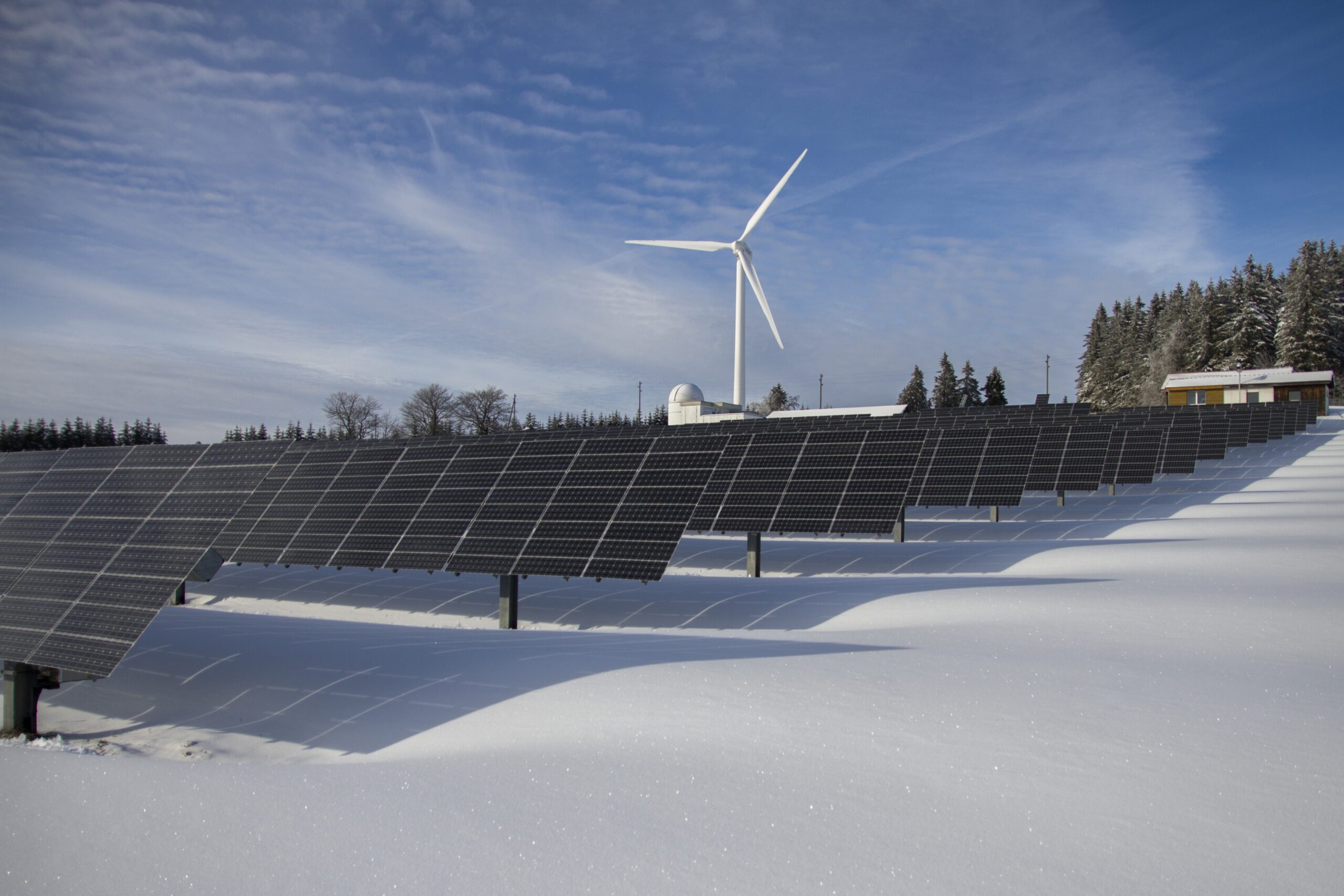The REPowerEU package will help EU Member States break free from their dependence on Russian gas.
Click here to download the briefing (Italian only)
Click here to download the executive summary
The proposals focus on three main strands, two of which coincide with decarbonisation:
- Renewable electricity generation;
- Diversification of gas supplies;
- Energy efficiency;
Brussels chose to align the REPowerEU with the transition defined by the Green Deal, expanding the targets and accelerating the timelines already contained in the Fit for 55 package. The mere substitution of Russian fossil fuels with fossil fuels from other sources is considered a necessary, yet short-term solution, which must not jeopardise decarbonisation solutions or delay climate targets.
As anticipated by the Commission’s communication on the 8th of March 2022, these measures contribute to cease dependency on Russian gas well before 2030.
What does this mean for Italy?
Through the REPowerEU plan, Italy is also expected to consolidate its renewable and energy efficiency targets, prioritizing these measures in the context of its energy diversification strategy.
- As far as renewables are concerned, Italy should increase the current installation rate of renewable electricity generation – now about 1.5 GW per year. At this rate, the country would meet its 2030 targets by 2071. The installation rate must reach no less than 10 GW per year, with a target of replacing at least 7.5 billion cubic meters of gas by 2025, which corresponds to about a quarter of Italy’s gas imports from Russia. The strong acceleration of renewable-energy development will impose changes in the electricity market scheme, including redefinition of the capacity market mechanism. The latter is still strongly oriented towards the development of new gas capacity.
- In the residential sector, gas covers 59.5% of energy supplied for heating. Following on from the required RePowerEU plan updates, the entire incentive system for the building sector will need to be revised. This is necessary to eliminate gas from renovation works and harmonize the number of fiscal deductions by valuing energy efficiency and decarbonisation at a higher percentage. This includes remodelling the ‘Superbonus 110’ to make it a targeted, long-term tool, capable of addressing efficiency issues within Italy’s complex building landscape and eliminating its reliance on gas.
- On the electrification path, REPowerEU envisages doubling the installation of heat pumps planned for 2025 up to 1.2 million new units, saving around 1 billion cubic meters of gas.
With the publication of REPowerEU, it is hoped that the focus of the Italian government and public discourse will shift from the mere search for new alternative gas sources to energy strategy options that are aligned with the Green Deal.
Without this vision, short-term solutions for diversification of gas sources risk to undermine medium- and long-term ones. This is due to technological lock-ins in the form of infrastructure investments – such as regasification units and gas pipelines – or in new extractions, incompatible with the 1.5°C target. These assets and contracts are at risk of rapidly becoming obsolete as Italy and Europe further decarbonise their economies. Therefore, amortization costs for new infrastructures and associated onerous long-term gas contracts risk to weight on citizens and businesses for many years, thus trapping Italy in a costly dependence on fossil fuels. In the long run, dependence on gas might also threaten energy security. Since most exporting countries are located in unstable regions such as North Africa or Sub-Saharan Africa, there is a geopolitical risk of disruptions of supplies.
Italy’s emergency response strategy is still lacking impact assessments for new gas initiatives and quantitative clarity for renewable expansion within national targets, energy efficiency and heat pump penetration. Only with such an assessment, one could determine how much gas our country really needs and act accordingly through new supply contracts. However, the latter needs also to consider the timeframe required to reach decarbonisation goals.
Click here to download the briefing (Italian only)
Click here to download the executive summary
Photo by Pexels







